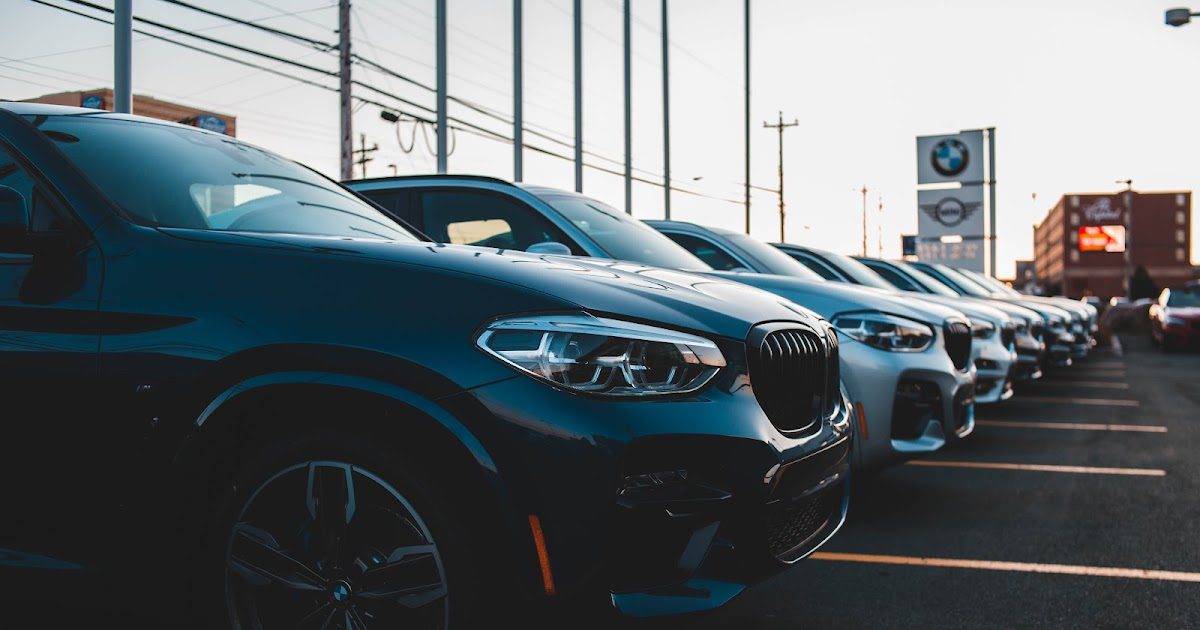5 Tips for Leasing a New Car

Make Sure You Know These 5 Tips Before Leasing Your Next
Vehicle!
Whenever you are asked to sign a lease it’s a good idea to do your
homework first, and this is especially true when it comes to leasing a new car. Signing a lease is a big commitment
and between the overall cost, down payment, residual value, mileage limit, and
other factors, you have a lot of things to consider before you make your
choice.
While leasing a new car may not be for
everybody, it can be a great option for people who want to drive a new car
every few years with a payment that’s generally less costly than buying and financing a car.
If you’re new to leasing, you are probably on the lookout for tips to ensure
you get the best deal possible. We’ve got you covered: continue reading to
learn five tips for leasing a new car!
Shop
Around
Exploring your options before leasing a
vehicle will benefit you in a number of ways. First, by visiting multiple
dealerships and test driving the cars you like, you can narrow
down your options and get an idea of what you want.
You may be asking “Can I negotiate the price
of a lease?” and the answer is yes! This is another benefit to shopping around: you can give yourself
multiple options to find the best deal. If your negotiating efforts come up
short and you can’t come to an agreement on a lease, don’t feel pressured! Move
on until you find a lease you are comfortable with.
Consider
the Cost
When you lease a car, you are essentially renting it and paying the lessor for the
estimated amount of depreciated value over a set term. This is unlike when you
buy and finance a vehicle, where you are slowly paying to own it over time. For
some people who are hoping to move onto a new car again in a few years, this is
a good option because a payment on a lease is often cheaper than a payment to
buy and own a car. But for others, it may be more cost effective to explore
other options.
A big factor that will determine your payment
amount is the vehicle’s residual value, which is the estimated value of the car
at the end of the lease term. The residual value is what the car can be bought
for should you wish to buy it after your lease. Another variable is the
interest rate you will be paying. As with any loan, your credit score will affect the amount of
interest you pay—the higher your credit score, the less you will pay on
interest and vice versa. Plan ahead to know your budget so that you can find
something within your price range.
Know
Your Mileage Needs
Before signing a lease, it is a good idea to
understand how much you will be driving your leased vehicle. A leasing mileage
cap is established before a lease is signed dictating how far a car can be
driven over the duration of the lease. It’s common for leases to offer limits
of 10,000, 12,000, and 15,000, with leases increasing in price as the mileage
limits increase.
Because a vehicle loses value the more mileage
it has, a fee is predetermined in a lease for exceeding a mileage limit. While
you may be inclined to opt for a lease with a limited mileage cap to save some
money, make sure you plan accordingly to avoid paying additional fees and
penalties if you happen to go over.
Think
About the Term
The term of a lease is the length of time you
will rent – and consequently pay for – the car. Short-term leases can range
from 12 months to 36 months, and long-term leases from 36 months to 60 months.
The shorter the term is, the higher your payment.
Before you sign a long-term lease, remember
that a lease is a binding contract and while you can get out early, there will
probably be some penalties for doing so. On the other hand, if you aren’t ready
to part with the car at the end of your lease, some lessors may allow you to
extend your lease. While it can be difficult to know your vehicle plans a
couple years down the road, try to plan ahead and put yourself in a place you
want to be when your lease is up.
Protect
Your Wallet with Gap Insurance
Once you have decided on a vehicle and are
ready to purchase car
insurance, don’t forget about gap insurance! Some car leases may already
require and include gap insurance, otherwise known as guaranteed asset
protection insurance, but it’s something you should consider regardless.
Because of car depreciation, in the event that
your leased vehicle is declared a total loss, you could be in jeopardy of
footing a hefty bill. For example, if your new car becomes totaled or stolen
while you owe $15,000 on it, and it is determined the vehicle is currently worth
only $12,000 because of depreciation, you would have to pay the $3,000 out of
pocket.
Gap insurance exists to help cover the gap
between a vehicle’s actual value and how much you owe on it. It can be
especially helpful in the first year of a new car’s lease, as it can depreciate
up to 20 percent during that time frame.
The Insurance
Institute of America recommends that anyone who is leasing a vehicle
should protect themselves with gap insurance. Click below to contact an agent
today to discuss your options!








